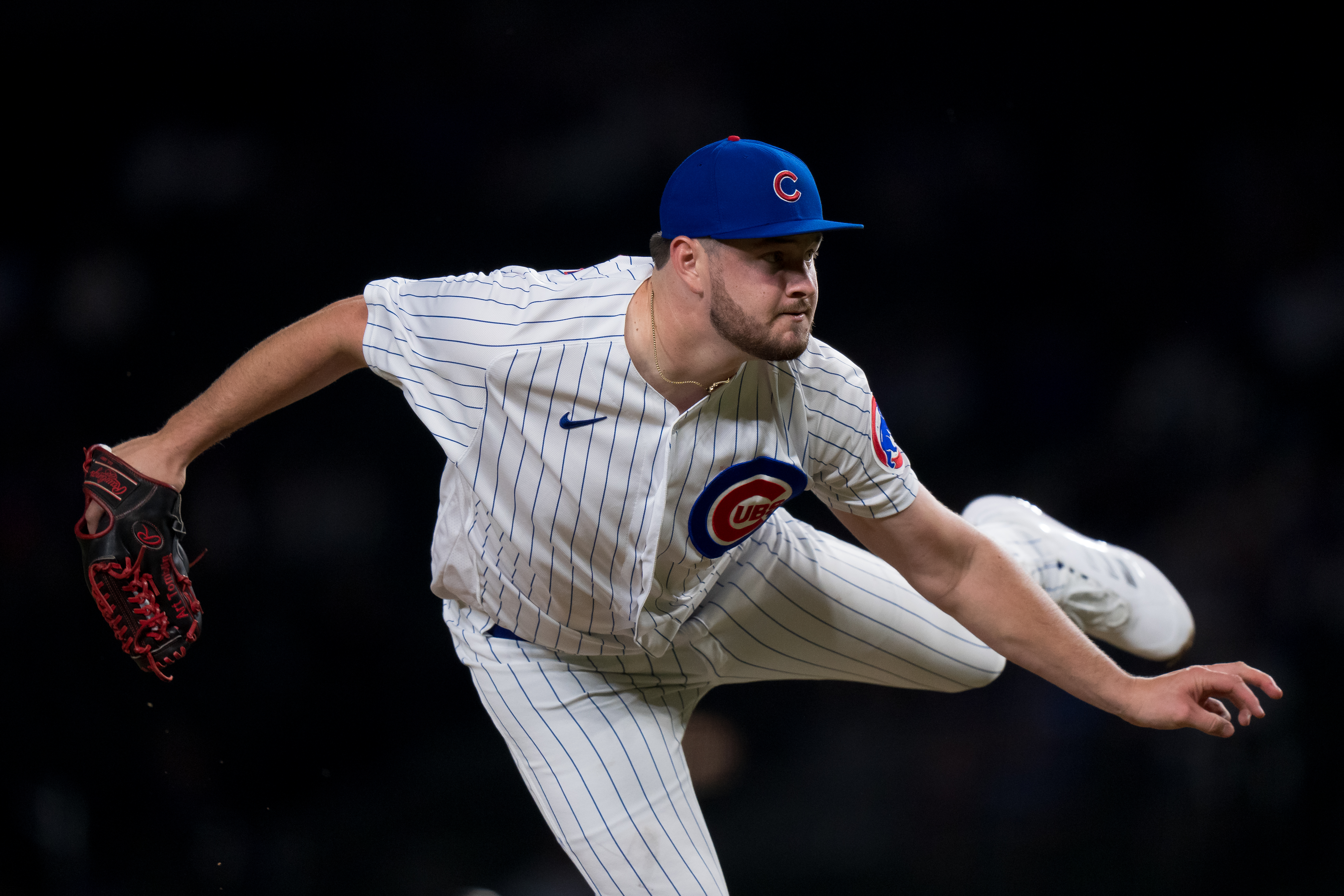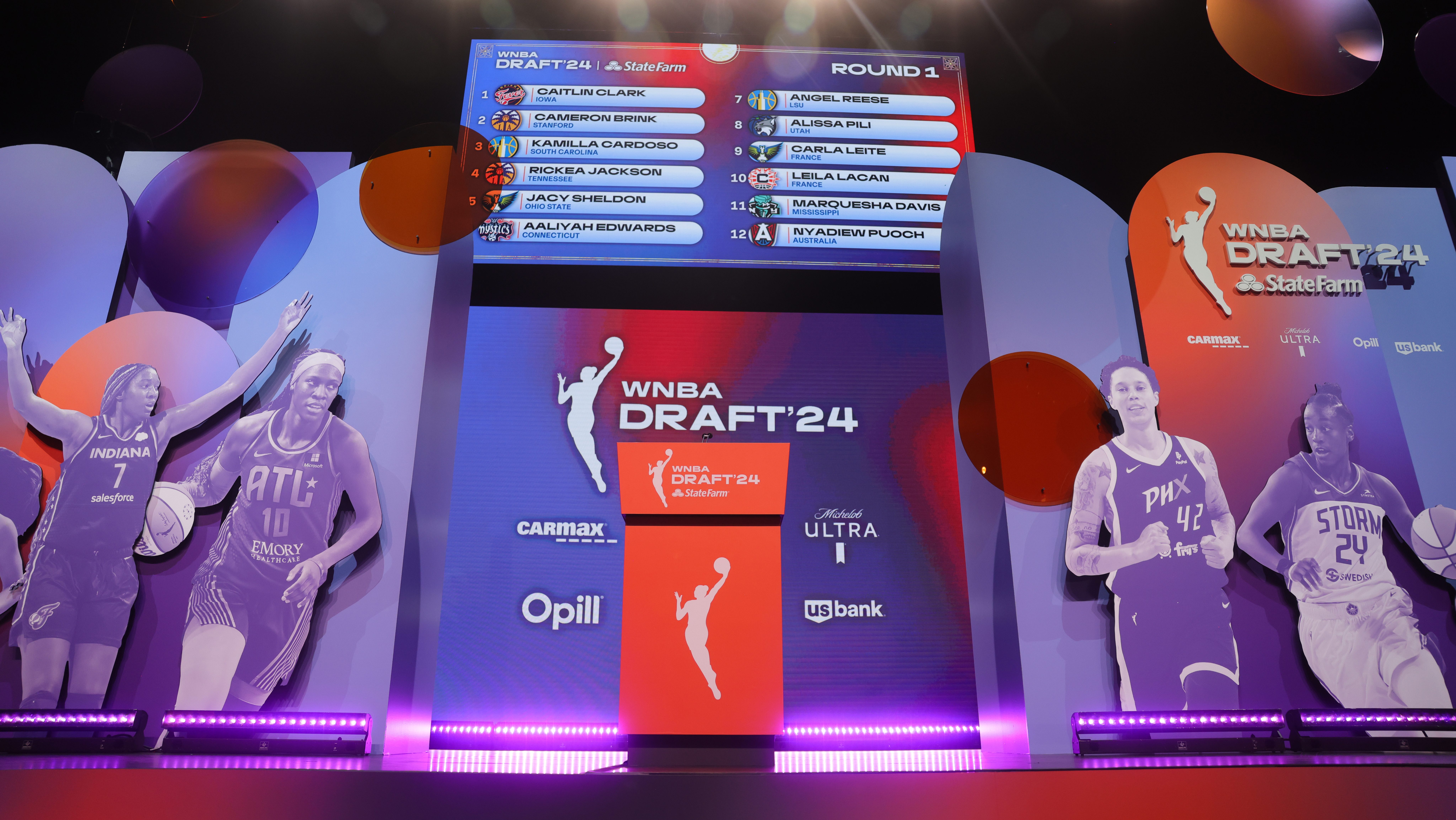
Kulp is 100% right that the free agent market has validated the Phillies' decision not to re-sign Ryan Madson for the amount of money he sought. That said, Madson's absurd contract demands hardly excuse the choice the team ultimately made in signing Jonathan Papelbon.
Indeed, Kulp's most insightful point in his argument that Madson's Availability Validates the Phillies is his concession that "for some people, no closer is worth the $50 million the team gave Papelbon."
In this case, the Phillies weren't wrong in opting to part ways with Madson; instead, they were wrong in their choice to spend that as much money as they did in the way they did it. As sad as it is to say, the Phillies' decision to say "no" to Scott Boras doesn't let them off the hook for saying "yes" to a pitcher with as high a price tag and an arguably lower return on investment than the one they denied.
Stay in the game with the latest updates on your beloved Philadelphia sports teams! Sign up here for our All Access Daily newsletter.
For reference, we published the following figures on December 8, 2011 in our piece on Madson declining arbitration with the Phillies, a move that all but guaranteed the end of his time with the club:
Prior to closing 32 of 34 save opportunities for 2.37 ERA in 2011, only Mariano Rivera, Heath Bell, Carlos Marmol and Darren Oliver had posted lower ERAs [than Ryan Madson] in as many innings of relief since 2007. With that in mind, as Madson's numbers were right in line with those of Bell in 2011, it's reasonable to think that the team who signs him will have to fork over Bell-like money (3 years and $27 million). Consider those contract figures and statistics when you revisit what the Phillies just paid for Madson's successor in Papelbon.
As for Papelbon, it was only his 3.90 ERA in 2010 that kept him off the above list. Moving on to compare all three in 2011, the former Red So(ck) did feature a lower WHIP than either Bell or Madson (.933 vs. 1.149 and 1.154), but also sported a higher ERA (2.94 vs. 2.44 and 2.37).
Arguing that Papelbon is on the downside of his career also isn't unthinkable given his horrid season in 2010 and his struggles down the stretch in 2011. On the other hand, with the exception of the month of June and the last two weeks of September, 2011 otherwise seemed like a bounce back year for the 31-year-old.
News
Those statistics and trends bear one of either two possibilities: Papelbon is either on the downside of his career, or he is comparable to Madson and Bell.
Regardless of which is the case, and debate that as you will, it seems very hard to contend that the Phillies didn't overpay Papelbon in light of the deal Bell signed and the one Madson has yet to receive.
In short, Ryan Madson's fouled up free agency doesn't excuse the team from overpaying for someone else, especially if that someone else is arguably worse. This doesn't mean that Papelbon doesn't have the tools to earn his $51 million, rendering this argument moot, it just means that the team overestimated his value as related to comparable options.
If they were going to pay for a closer, then last two years of baseball should have evidenced Ryan Madson and Heath Bell as the safer investments. In any case, none of them should have been offered $51 million, an assessment with which 29 other teams agree.
Previously:
>>>Madson's Availability Vindicates Phillies
>>>Madson Declines Arbitration, Likely Done as a Phillie


